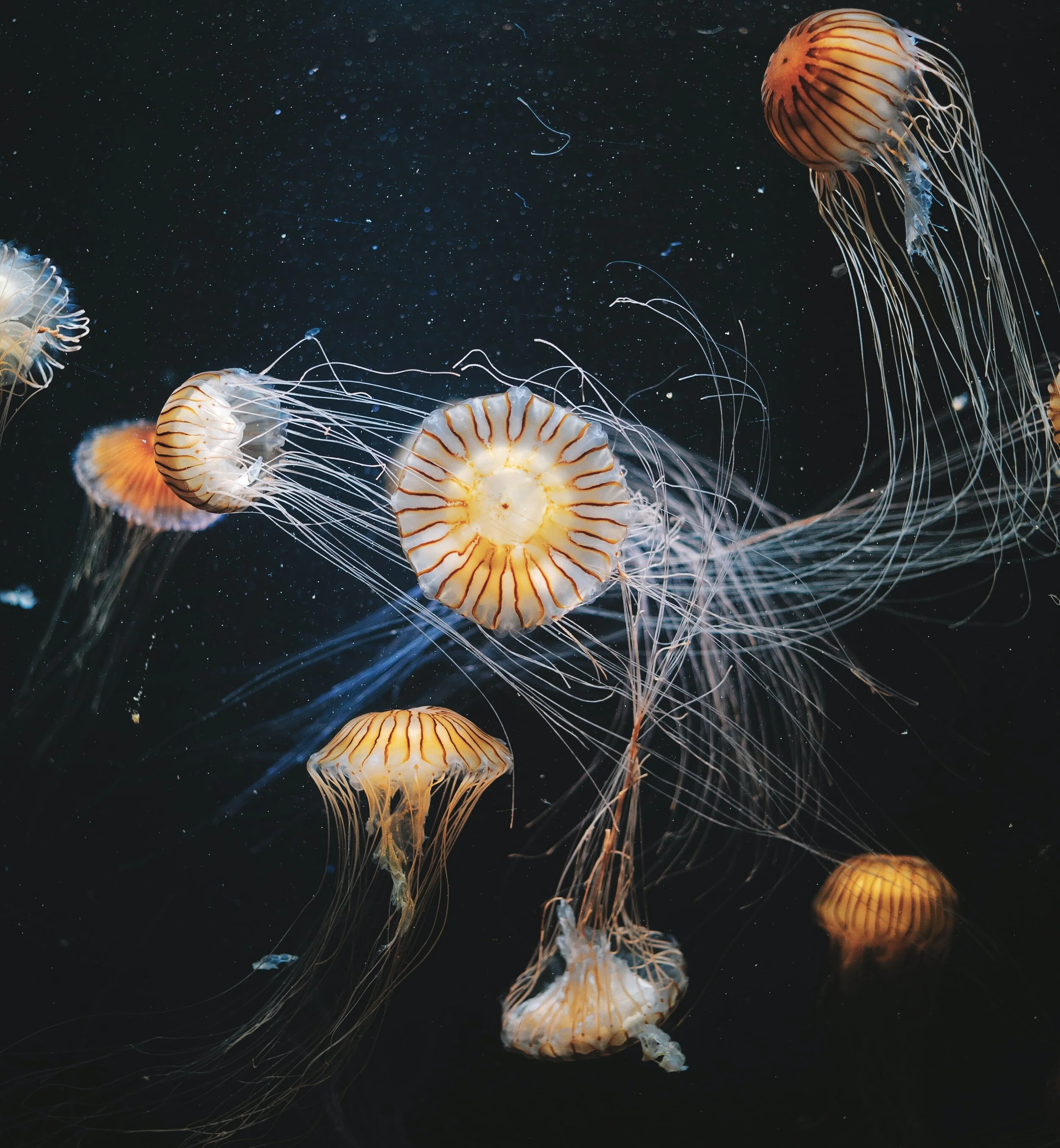
Unit 30: Capillary Action
Practice Problems

Note: problem difficulty is ranked using a star system.
(*) One-star problems are fundamental to the unit, and can be done relatively quickly. Use these problems to introduce yourself to the material.
(**) Two-star problems are more difficult, and require an understanding of one or two key concepts. Use these problems to test your understanding of the material.
(***) Three-star problems are the most difficult, and require some creative thinking in addition to a deep familiarity with multiple key concepts. Use these problems to challenge yourself; if you can complete one of these, you’re on your way to mastering the material.
*Q30.1) To what height would water rise in a glass capillary of radius 0.5mm? You may treat the contact angle of water on glass as 0°.
*Q30.2) What range of contact angles cause capillary rise, and what range of contact angles cause capillary fall?
**Q30.3) You dip a capillary of radius 0.5mm some unknown liquid and find that it rises 2cm up the capillary. To what height would the liquid rise in a capillary of radius 1.2mm?
***Q30.4) You dip a capillary of radius 0.2mm some unknown liquid and find that it rises 1.6cm up the capillary. If you were to repeat the experiment on Mars where the acceleration due to gravity is 3.7 m/s², to what height would the liquid rise up a capillary of radius 0.6mm?
